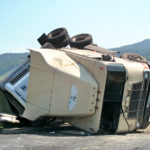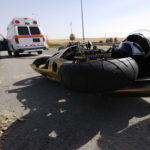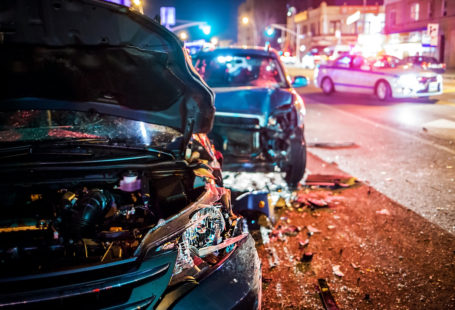A high-speed intersection collision in Los Angeles left one person dead and several others seriously injured.
The Simi Valley Police Department stated that “somebody may have violated the right-of-way” just prior to the crash at Sycamore Drive and Cochran Street. 30-year-old Officer Heather Monroe was southbound on Sycamore and an Uber driver, whose name was not released, was eastbound on Cochran. Officer Monroe, who was a properly-restrained passenger, was declared dead at the scene; three other people, including the Uber driver and a passenger, were rushed to local hospitals with serious injuries.
Investigators had canvassed nearby businesses to look at surveillance footage, and they had also not ruled out alcohol and/or drugs.
Legal Responsibility in Car Crash Cases
Noncommercial operators have a duty of care, and this duty is normally expressed in negative terms. For example, the duty of care requires drivers to not be impaired, not be fatigued, not be distracted, and so on. But in California, common carriers (like taxi drivers, Uber drivers, truck drivers, and other operators who transport people and/or cargo for a fee) have a higher duty, and they must take proactive steps to prevent accidents. These steps could include turning off hands-free cellphones (even though such devices are legal in California), driving a route with less traffic, and slowing down as they approach intersections instead of speeding up to “beat the light.”
This higher duty especially applies to the passengers that these drivers carry. Bus drivers have a duty to screen passengers as they board the conveyance and break up arguments or fights en route. As for Uber drivers and taxi drivers, it may seem juvenile to require all passengers to buckle up before the conveyance departs, but the duty of highest care arguably requires such a rule.
First Party Liability
Human error causes roughly 90 percent of car crashes, which is the main reason both some companies and many regulators are anxious to develop autonomous vehicles. One safety group has identified four types of impairment that are responsible for many, or most, of these crashes.
- Alcohol: This substance affects both motor and judgement skills, and the combination is too often deadly in car crash cases.
- Drugs: Prescription medications, and some over-the-counter medicines as well, affect the brain and body in roughly the same way as alcohol; street drugs, like heroin and methamphetamines, are even worse.
- Fatigue: Driving after eighteen hours without sleep is as dangerous as driving with a .08 BAC.
- Distraction: At freeway speeds, most vehicles really do travel the length of a football field in the time required to read or send a text message.
According to attorney Sherwin Arzani, “If attorneys are not careful, intersection collisions can quickly degenerate into a ‘who-had-the-light’ stalemate, and since victim/plaintiffs have the burden of proof, that nearly always means a lower recovery.” Surveillance video is often no help, because security cameras are almost never pointed at an intersection. Los Angeles County does have those much-maligned red light cameras at certain intersections, and they can sometimes fill in the blanks.
Driving records are admissible in tort cases, and although they are typically used as evidence of negligence, they can also be evidence of good driving. Attorneys must be cautious, because this technique can run afoul of the rules of civil evidence. However, evidence of good driving may defeat a contributory negligence defense, a concept that is laid out below.
Contributory Negligence
Victim/plaintiffs only have to prove liability by a preponderance of the evidence (more likely than not), so a bad driving record may lead jurors to conclude that, more likely than not, the tortfeasor (negligent driver) was not being careful at that moment.
If the evidence is unclear and fault is uncertain, the jury must divide liability for the car crash between the two drivers. California is among the handful of pure comparative fault states which divide damages based solely on the percentage of fault. So, if the jury splits fault between the victim and tortfeasor 60-40 and the victim’s damages were $100,000, the tortfeasor, or more likely the tortfeasor’s insurance company, must pay $40,000. Most other states have either a 50 or 51 percent cutoff, meaning that the tortfeasor must be at least 50 or 51 percent responsible for the victim to obtain partial damages.
Third Party Liability
In addition to a higher duty of care, common carrier cases nearly always involve respondeat superior (“Let the master answer”), the most common employer liability theory. The elements are:
- Employee: In negligence law, nearly all workers are “employees,” even if their bosses classify them as independent contractors, volunteers, interns, or something else.
- Course and Scope of Employment: Similarly, all activity is deemed to be within the course and scope of employment, so long as the tortfeasor’s actions benefitted the employer in some way, no matter how slight. Some commutes from home to work are about the only exceptions.
In the few instances that respondeat superior does not apply, victim/plaintiffs can normally use negligent hiring, negligent supervision, negligent entrustment, or some other third party liability theory. The tortfeasor may not be the only person liable for damages in a car crash case.





